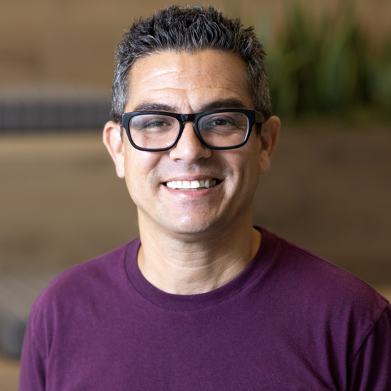Our things define us; what we buy and use, what we keep and throw away, what we waste and what we save. The “stuff” that surrounds us bears witness to the kinds of lives we live. But in light of a rapidly changing global situation, consumer values are changing, making social responsibility and sustainability pivotal influences. As product innovators and packaging designers, we need to address these issues.
This accelerating trend is toward real product benefits and away from built-in and design obsolescence. Meeting customers’ sustainability requirements while remaining innovative and cost competitive is the new challenge, especially for the consumer products industry. Take the rapid rise of organics, an example that offers key lessons to product designers. Even if you cannot make it to a farmers’ market regularly, you can enjoy fresh organic fruits and veggies year-round delivered to your door. In Los Angeles residents already have several organic delivery services, the most popular of which are ParadiseO, Organic Express, and L.O.V.E. (Los Angeles Organic Vegetable Express) Delivery, which deliver a nice box of fresh produce with little packaging for $25-$30. They even reuse their delivery boxes.
Recently the big-box boys have caught on. Wal-Mart, for one, has made sustainability a key component of its business model, defining it as “a revolution of innovation to ensure that future generations can enjoy the same quality of life that we enjoy today.” Leading retailers will transform the way consumer packaged goods (CPG) companies do business, creating intense pressures in the face of blurred retail channels and shelf-space competition to hold prices down while maintaining margins and delivering sustainable options.
Fortunately, even small changes to little things such as a corrugated box design can result in significant cost reductions and environmental benefits. For example, reductions in fiber use result in lighter containers, which when combined with streamlined processing and transportation, decrease energy consumption and emissions.
Today retailers have come to expect innovative ideas from their suppliers. The most successful CPG companies, and their suppliers, will be the ones that provide solutions, understand the customer and the supply chain, and can adapt quickly to changing retailer requirements.
Becoming better consumers
The SHIFT Report from brand consultancy Conscientious Innovation tells us that people want to be better consumers; they understand that the choice to buy expresses approval of corporate ethics and practices. Most important, they understand that they need help to be better consumers. Who will step up to help them?
The study uncovered “four barriers to conscious consumption”: time, knowledge, pressure, and price. How can we make better choices without the knowledge to discriminate between product A and product B? How can we acquire this knowledge with limited time for research? Where’s the incentive to pay for socially responsible options if we do not understand the broader definition of “cost” and instead consider only the sticker price?
These are real challenges, but they also present a major opportunity. Sustainability is on the cusp of mainstream and will move ahead quickly in 2007. Companies need to step up and demonstrate how their brand experience connects with the consumer’s growing desire to lead a more sustainable lifestyle.
Stumbling toward sustainability
To recognize how close we are to mainstream sustainability, we need to understand the adoption pathway. First, consumers focus on what goes into the body (local, organic, natural, free range, no GMOs). Next they consider what goes on the body (organic fiber), then what goes into the home (natural household cleaners, energy-efficient appliances, fluorescent light bulbs, solar-charged outdoor lights, natural pest control), and finally, what affects the environment itself (renewable energy sources, renewable or recycled building materials, eco-tourism).
The multitude of products, services, and causes that can be considered sustainable are coalescing to the point that mainstream consumers are beginning to pick and choose their “green” options. Within private-label products, the consumer equation between the experience of a retail environment and the products themselves is becoming the hallmark of well-accepted store brands. Consumers speak in loving terms of Trader Joe’s products, which underscores how successfully the company has crafted a connection between the store and the quality perception of its products. Whole Foods has built its empire on the belief that consumers are willing to pay more for quality products, inextricably linking the notion of quality with “ fresh.”
Assuredly, lifestyles will continue to evolve as consumers pursue new interests and preferences that transcend traditional products and brands. To keep pace with these rapidly changing consumers, manufacturers, marketers, retailers, and their suppliers must adopt a new set of metrics that is more aligned to how consumers live, shop, and use products within the context of a sustainable lifestyle.
Gary Grossman is founder/president of Innovations and Development (www.IDIusa.com), an Edgewater, NJ-based product strategy and packaging firm.
Other articles by Gary Grossman:
First Person: What Do “You” Want Today?
First Person: Ethnography, Quaker Oatmeal, and Frito-Lay
Blockbuster Products: More Than Mere Functionality
 Network
Network

